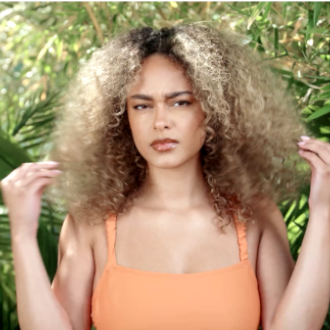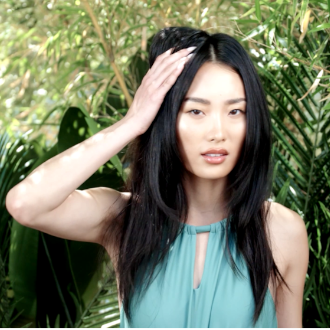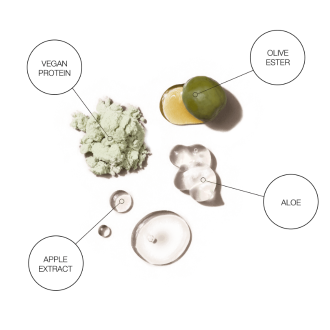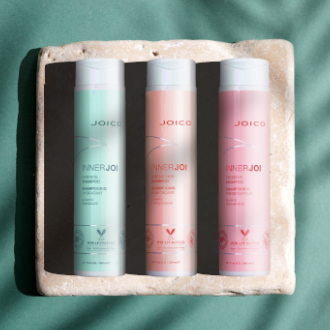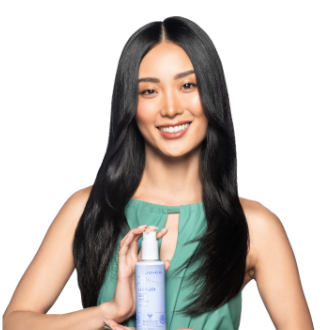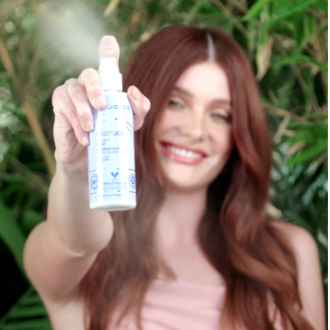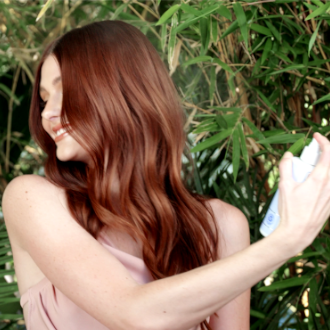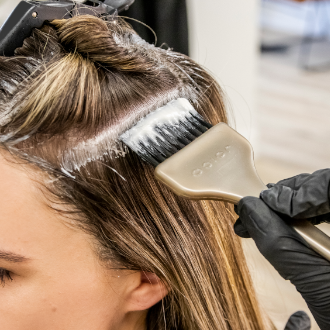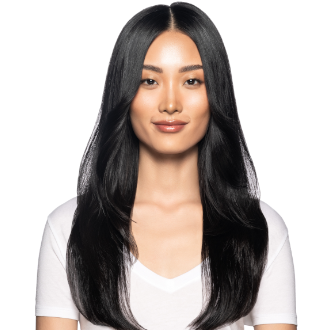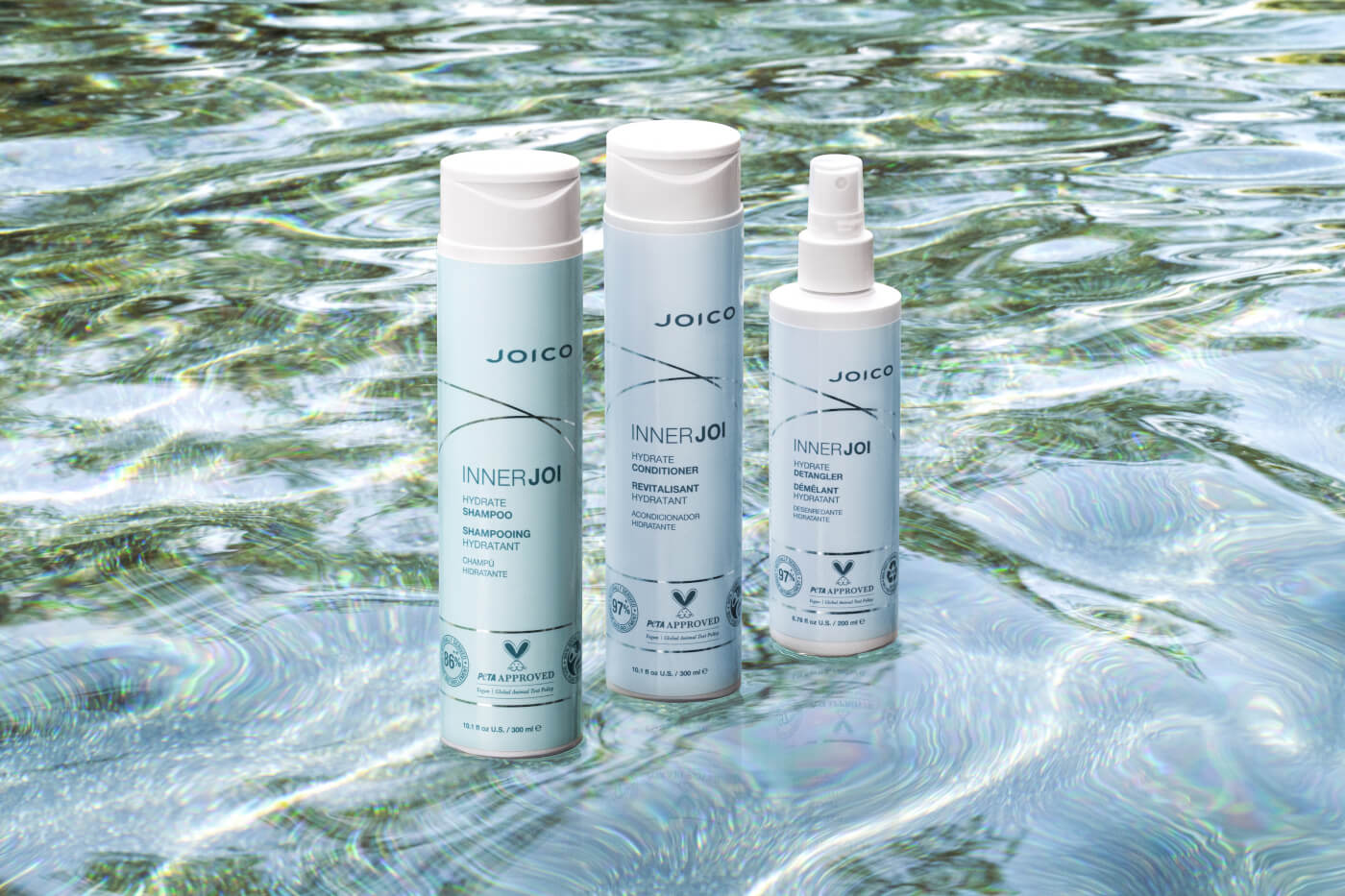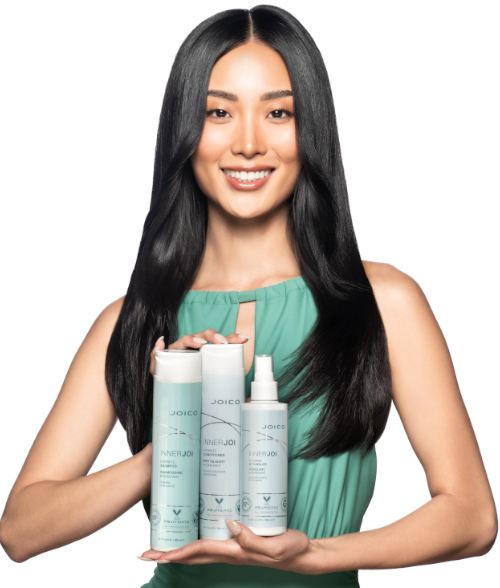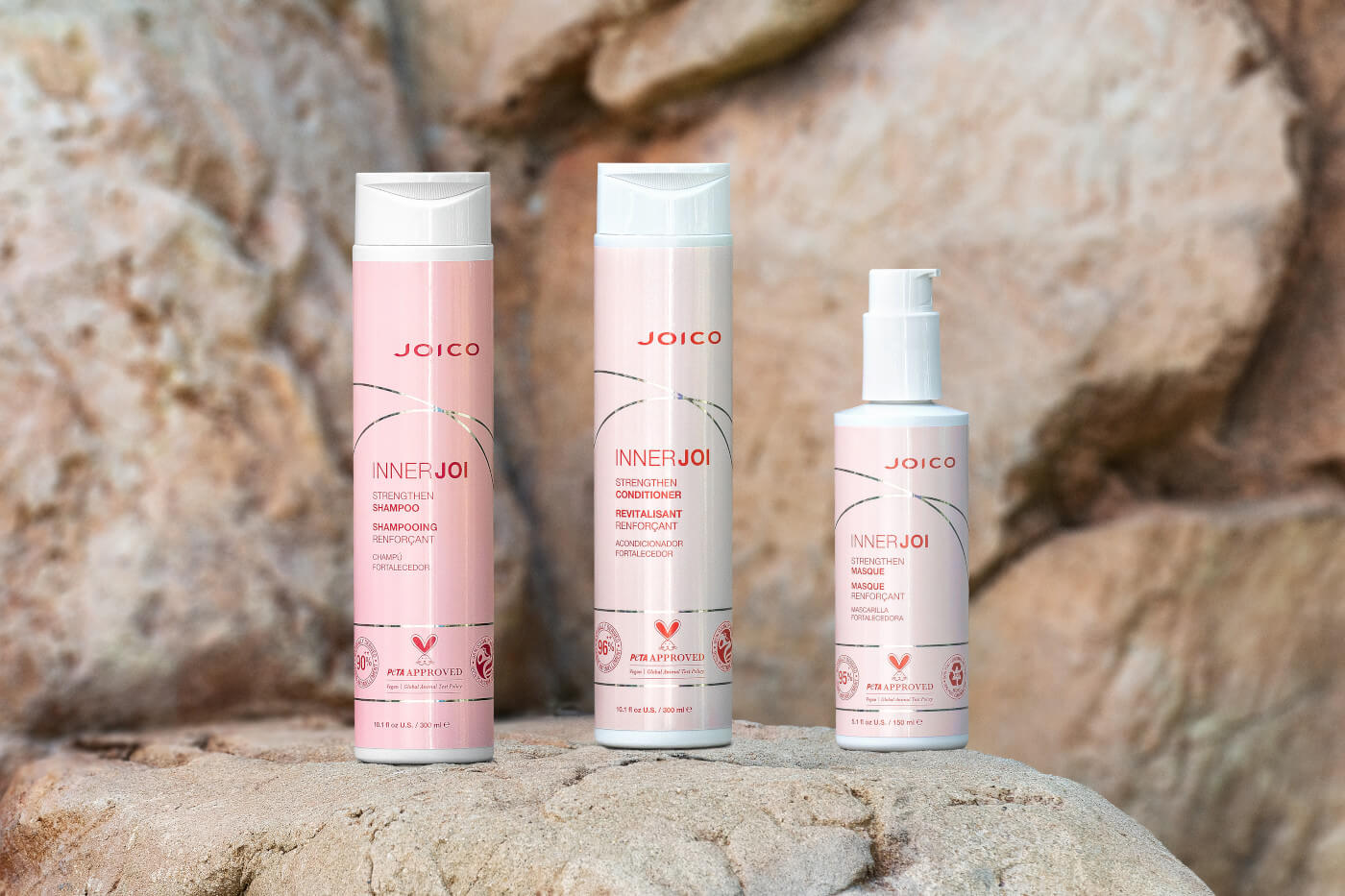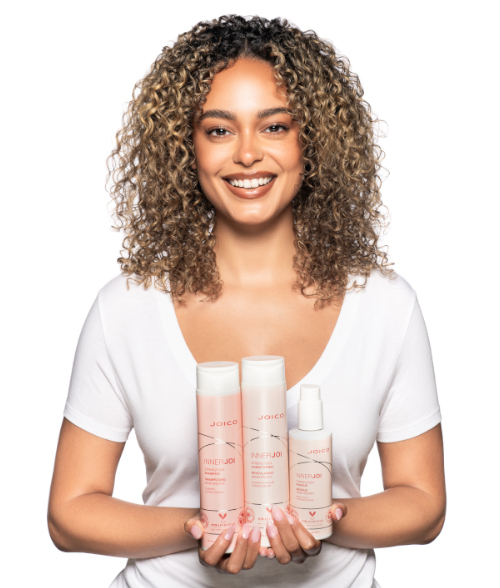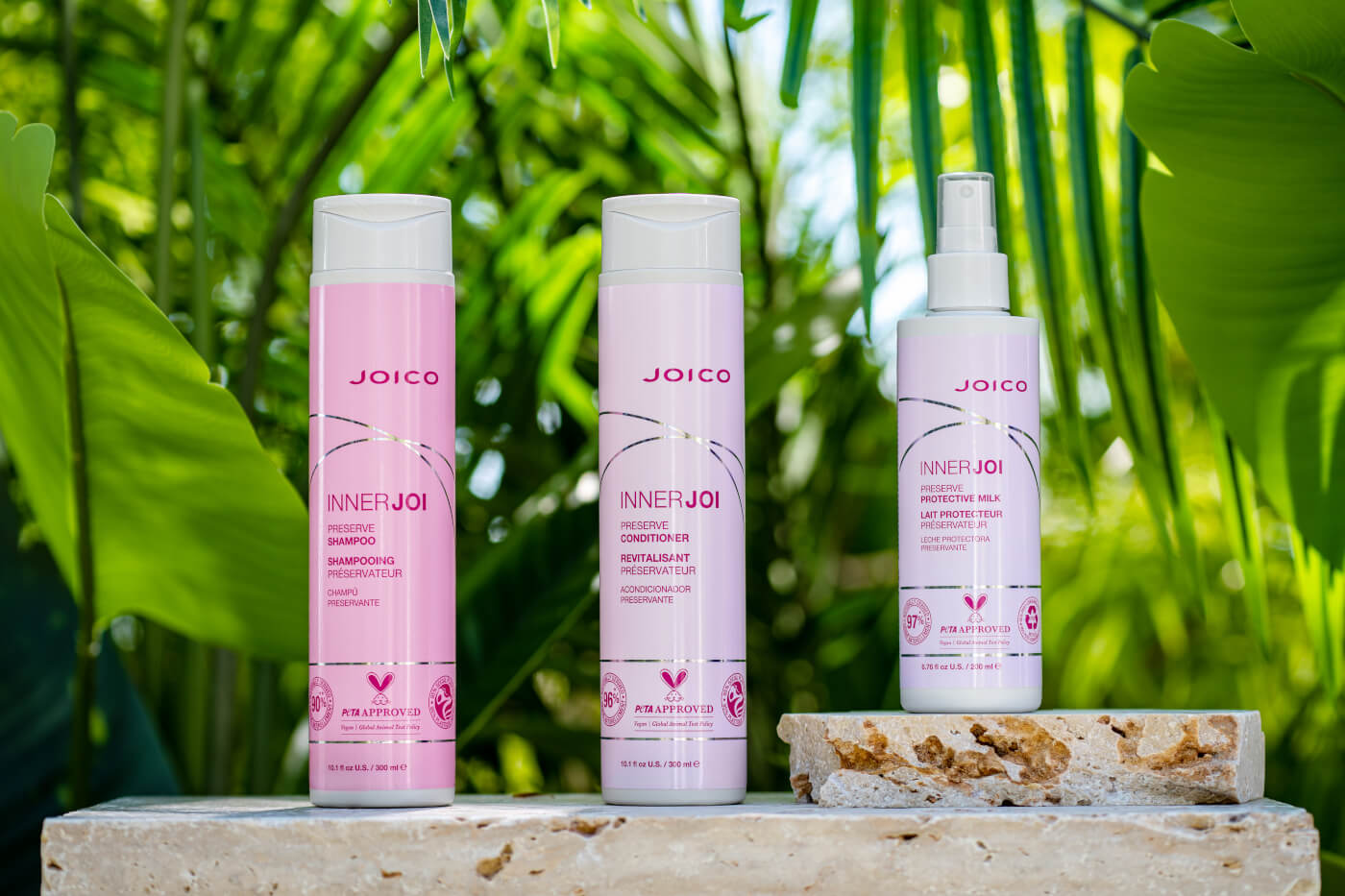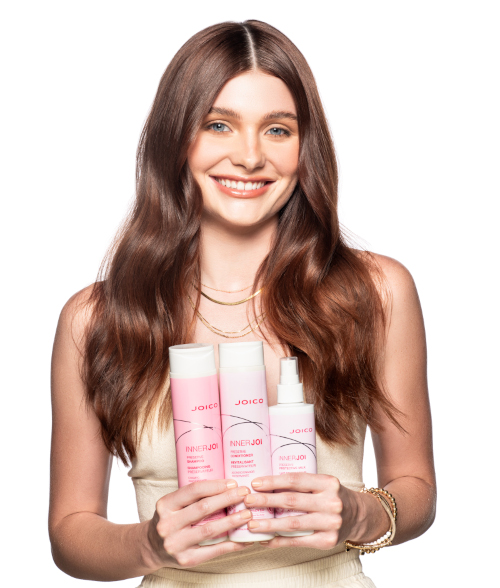By award-winning colorist and educator, Sherry Ratay
It’s back-to-class time with master educator and Orlando salon owner, Sherry Ratay, who’s got an encyclopedia of knowledge about haircolor: how to create it, how to care for it…and even more importantly, how to FIX it when things go wrong. “Color correction is always a hairdresser’s worst nightmare,” acknowledges Sherry, who brings us the ultimate manual for putting an “oops” shade back on course…
“There are so many things to look at before you even pick up a bottle or bowl to correct a client’s hair,” explains Sherry of this delicate task. First concern? The integrity of the hair: If strands are severely damaged, consider pre-treating the hair fiber before you start any color process. You might even talk about ordering extensions as a temporary bridge to healthy hair. Once you’re ready to dive in, follow these brilliant Ratay rules:
Follow these steps for fixing a spotty, uneven blonde
SPOT-ON BLONDE–NOT!

Look to see if there are any areas that are at the desired level of lift, then scope out the non-perfect spots and figure out how much additional lifting they need.
Begin with your desired bleach at 20 volume; some cotton in 3-inch lengths, and a treatment product for the hair. Start in the darkest area and saturate hair with bleach, protecting the “good” areas with cotton.
Once you have saturated all the undesirable hair, apply pre-treatment to the remaining spots.
Leave the bleach on until you reach the correct level of lift, then shampoo and dry. DO NOT add heat to help the process along. After you shampoo, the entire head should be at the same level of lightness.
FROM BRASSY TO ASHY
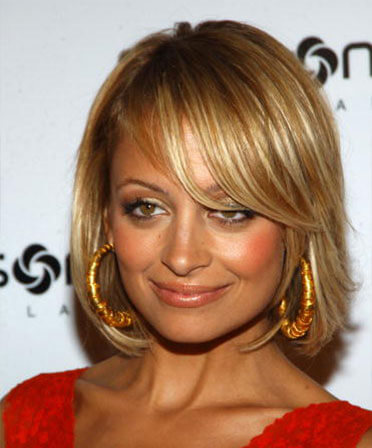
Encountering brassy tones usually means one or two things. Either: The hair wasn’t lifted light enough. Or: Incorrect toner was applied. In either case, controlling and removing those warm tones can be a bit of a task. Here’s how:
If the hair wasn’t lifted light enough (either the colorist removed bleach too soon or lifted with a permanent dye that exposed the natural warmth), you need to go back in with bleach and lift to the desired stage.
Next, take a look at to the existing tone in the hair: Is it pale yellow, yellow, orange-gold, red, or red-brown? What you see will determine what tone you use to control the brassy color: If you see pale yellow, go with pale violet; for yellow, straight violet; orange needs gold-blue; red requires green; and reddish-brown gets fixed with green-brown.
The corrector should always be at the same level as the original color, and the darker shade will always dominate. For example, if your toner is darker than the base, then that’s the color you will see most predominantly; if the actual hair is the darker level of the two, then go by that shade.
“MY HAIR’S TOO DARK!”
When an over-the-counter allover color product is the culprit, here’s the solution:
If the depth is within 1 level of the desired shade, begin with dry hair in the shampoo bowl and mix Joico Base Breaker Clear with equal 20 volume developer, starting on the ends and workings towards the scalp.
As you work up the back and towards the front, keep manipulating the hair and create friction to get the product moving.
Watch and wait. When you see the color coming out, shampoo it out, and the remainder will be gone.
If the darkness is more than 1 level of depth, mix a brightening wash (bleach wash) consisting of 2 ounces of hot water, 1 scoop of powder bleach, and 1 ounce of 20 volume.
Beginning in the back of the head, divide into 4 quadrants and work in sections to keep control. When you’ve reached desired lift in one section, shampoo and rinse, then move on to the next section. This creates a balanced end result.
“MY HAIR’S TOO LIGHT!”
Choosing the proper product is everything when you need to go darker:
Your options are temporary haircolor, semi-permanent haircolor, and demi-permanent haircolor…all of which provide a gentle way of adding depth to already challenged, fragile fibers.
Start by asking, “How too-light is it?” Then determine if the hair is correctly toned. The answers will guide you to the proper application; if the hair is within the one to two levels of desired lightness, apply the proper shade and depth, and process for 20 minutes.
THE RED TO BLONDE TRANSITION
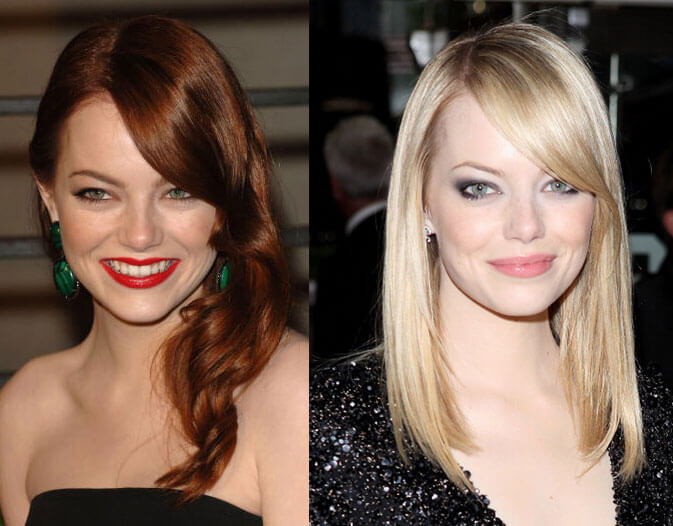
The process of going from red to blonde can be tricky and time consuming, but it’s well worth the journey:
Begin by analyzing the hair fiber to see if the hair is capable of being bleached up to yellow and pale yellow. If the answer’s yes, then begin with one bowl of bleach with 10 volume developer, if you’re looking for a slight lift; if you need more power, go with 20 volume.
Start in the back panel and work your way up the back; next, tackle the sides, and finish with the top.
Keep sections inside the foils fine so your application of bleach saturates thoroughly; this will give you consistent lift and removal of previous haircolor.
Don’t leave hair in between the foils.
Repeatedly go back to the previous section to see if the desire amount of lift is being achieved. If you’re there, take your client to the shampoo bowl and rinse that section only. Lift to desired level, shampoo, treat, and tone with desired shade.
THE BLONDE TO BRUNETTE TRANSITION
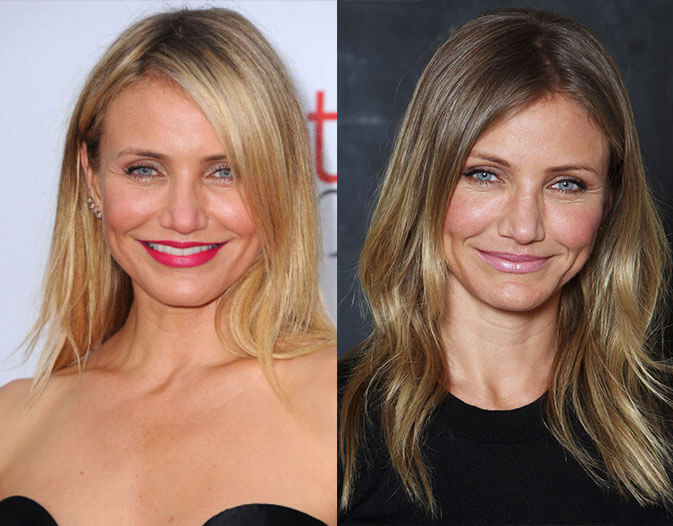
When deepening the hair, always reach for a demi-permanent hair color, because you’re only looking to deposit color. The following technique is perfect for deepening brunettes, blonde, and reds.
For dimensional color, begin by mixing up two different haircolor formulas and a bowl of conditioner.
For blondes, apply conditioner to the strands of blonde that are to remain in the hair, wrapping them with foil to protect from the darker color. (Remember: Blonde hair is essentially a clean canvas, and whatever color is in your color bowl will show up distinctly on this pale backdrop.)
Next, apply the target darker level in between those foils to create dimension. Process for 20 minutes, shampoo and dry.



